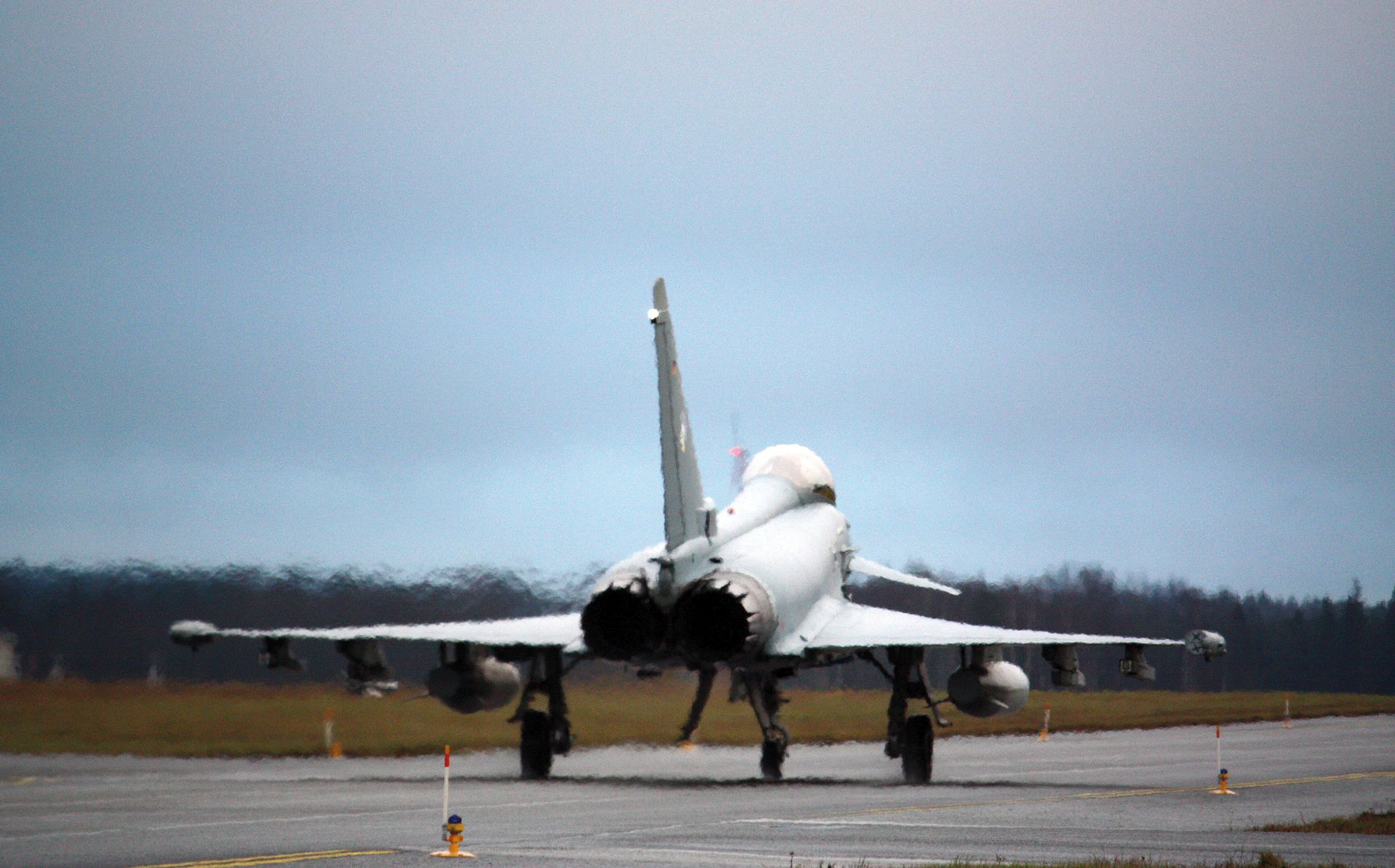NATO Secretary General Jens Stoltenberg on Friday said the alliance would not impose a no-fly zone over Ukraine after calls from Kyiv to help stop Russia’s bombardments.
“The only way to implement a no-fly zone is to send NATO fighter planes into Ukraine’s airspace, and then impose that no fly zone by shooting down Russian planes,” Stoltenberg said after an urgent meeting with NATO foreign ministers.
“If we did that, we’ll end up with something that could end in a full-fledged war in Europe, involving many more countries and causing much more human suffering. So that’s the reason why we make this painful decision.”
The stance by the US-led bloc comes despite appeals from Ukraine’s leadership to help halt indiscriminate bombing against cities around the country.
Stoltenberg warned that “the days to come are likely to be worse, with more death, more suffering, and more destruction as Russian armed forces bring in heavier weaponry and continue their attacks across the country”.
Ukrainian Foreign Minister Dmytro Kuleba addressed the alliance via videolink from Kyiv.
He tweeted afterwards: “My message: act now before it’s too late. Don’t let (Russian President Vladimir) Putin turn Ukraine into Syria. We are ready to fight. We will continue fighting. But we need partners to help us with concrete, resolute and swift actions, now.”
NATO members have rushed thousands of troops to eastern Europe to bolster the alliance’s flank closest to Russia and are sending weapons to help Ukraine defend itself.
“We will continue to do what it takes to protect and defend every inch of NATO territory. NATO is a defensive alliance. Our core task is to keep our 30 nations safe,” Stoltenberg said.
“We are not part of this conflict and we have a responsibility to ensure it does not escalate and spread beyond Ukraine.”
Kyiv has said that if NATO is not willing to shut Ukrainian airspace then the allies should supply warplanes and air defence systems to help stop Russian air attacks.
European nations have so far said they will not deliver planes and most arms deliveries have focused on light weapons, and anti-tank and shoulder-fired anti-aircraft missiles.











